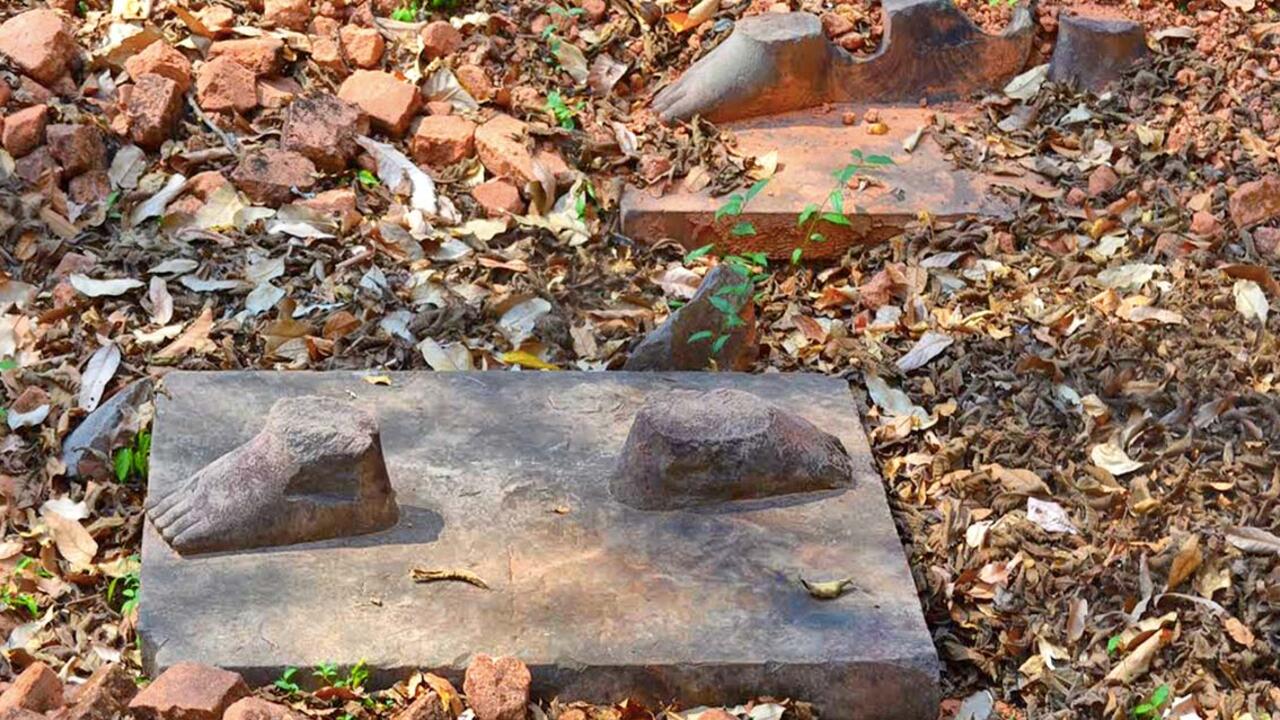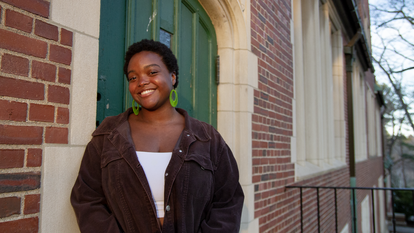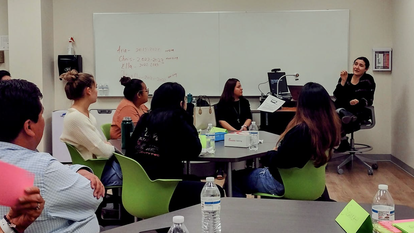Art Antiquities on the Worldwide Black Market—A Big Business

A recent opinion piece featured on WBUR's Cognoscenti titled “Black Market Art: How to Restore Ethics to the Antiquities World,” by Wellesley College Assistant Professor of Art Liza Oliver and Assistant Professor of Philosophy Erich Hatala Matthes, cast a spotlight on unethical practices in the art industry in which auction houses and museums sell and display looted antiquities obtained on the black market. Daily Shot writers asked each of them questions about this billion-dollar industry, which one expert likens to the black markets in narcotics and arms.
Are collectors and museums complicit when they don’t abide by provenance requirements?
Erich Matthes: Often yes. There will of course be situations in which illicit artifacts are acquired in good faith, but the problems in the market that we discuss are widely known, and they dictate that anyone acquiring antiquities needs to exercise far more care in their procurement practices. This is especially true for museums that count education among their core missions. Sometimes, questionable acquisitions will have occurred in the past, but that does not absolve contemporary curators from an obligation to provide an accurate picture of the life histories of these artifacts.
Should they be expected to police themselves? Would effective policing curtail these practices?
Matthes: Ideally, yes, but when it comes to auction houses, I can’t say I’m optimistic about it. The trends at Sotheby’s that we discuss in the article are deeply troubling; these are not rare cases. Subhash Kapoor is being charged with paying people to literally rob temples. You can see the marks where statues are hacked off of walls. That kind of behavior doesn’t occur without market incentive, and the auction houses can’t operate without people and institutions willing to pay exorbitant prices for what’s on the block. I gather that better import/export restrictions would help (though would not be sufficient), but I’m not an expert on the policy details.
Liza Oliver: Import/export restrictions do exist, but many countries of origin do not have the government funds to devote to such a wide-scale problem effectively. Evidence does show, however, that the more policing that exists by government entities, the more these practices are curtailed.
For museums, in particular, there are often too many conflicts of interest for them to police themselves as effectively as they should. For example, fostering and maintaining relationships with collectors or granting their requests in order to formalize loans or donations can puts curators directly at odds with following ethical standards of practice. Museums generally need to be more aware not only of what they gain by accepting loans or purchases for display, but of what the display of that object within the museum space confers on an object: legitimacy.
Unfortunately there are far too many instances in which museums have served as unwitting launderers of illicit antiquities because they placed collectors over ethical protocols. For a significant change in practice to occur, we need a wholesale reconceptualization of what the museum is and what it does. Museums often conceive of themselves as benign educators of the public through the display and preservation of culture. But many are also complicit actors in the histories of imperialism and colonialism. When museums are open with themselves and the public about this fact and the destructive impact it’s had on many cultures, real change in self-policing may start to happen.
How do these practices decimate cultural histories?
Matthes: On the historical front, looting prevents artifacts from being studied in situ: That context is essential for generating historical knowledge about archaeological finds. However, it’s not just about cultural history, but about contemporary cultures as well. Temple looting, for instance, affects contemporary communities.
Oliver: Additionally, looters and corrupt dealers intentionally obscure or lie about the origin of a stolen artifact to make it appear legal, thus creating a false historical record. This, in turn, makes it difficult or impossible to research the object in relation to its actual historical context. Some of these objects also continue to hold religious, spiritual, or cultural value for contemporary communities. When we treat such artifacts as objects for consumerism in a capitalist market, we undermine and trivialize these communities’ rights to their own cultural heritage.



